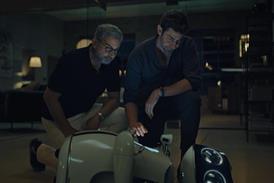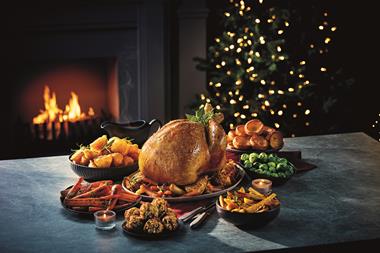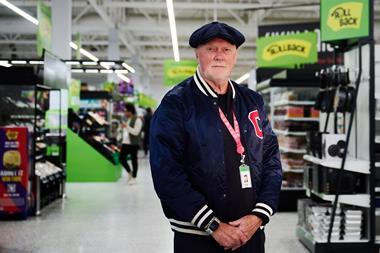With buyers notoriously hard to meet, how can suppliers win and then keep a listing? A Grocer masterclass heard from the experts
There’s an art to winning a listing with a supermarket. But once that listing is won, there’s a science even harder to master: keeping your products on the shelf.
The Grocer’s masterclass this week featured the founders of some of the past decade’s most successful food and drink entrepreneurs, the retailers that first gave them their breaks and a host of industry experts offering advice on everything from the Adjudicator to supply chain execution.
The journey to the supermarket shelves can only start with one thing - a desirable product.
“Our space is precious, we need to use that space to deliver what customers want,” said Morrisons’ price, promotions and planning director Mark Cox. “We’re looking for innovation - something that will drive category growth and ultimately business growth. If you’re confident of your USPs, you need to define them, communicate them and sell them.”
Easier said than done if you can’t get your foot in a buyer’s door. For a new supplier getting that first introduction can seem impossible. According to Innocent sales director Dave Pickup, in the smoothie supplier’s early days one saleswoman camped out at a supermarket’s head office for five days in order to make first contact.
Not that everyone has to take such drastic measures. “If you want to get on the buyer’s shelf, first you have to get into their head,” said Nick Townend, Sainsbury’s meat, fish and poultry category manager. That means recognising that buyers are busy (only 20% of their time is spent buying - the rest is dedicated to juggling other responsibilities) and making contact at a time that suits them. “I found that the best time to approach a retailer is between 1.30pm and 2pm on a Tuesday - they tend to schedule meetings for 10am and 2pm so they are at their desks then and nice and relaxed,” said James Averdieck, founder of Gü Puds, adding that emails have a tendency to get lost in the ether, while phone calls and providing samples give a more personal touch.
Once through the door, newcomers have one chance to impress. “You need to demonstrate how you have thought out your proposition,” said Hilary Graves, founder of kids chilled ready meal brand Little Dish. “We had a really great product, great packaging and a clear plan of how we’d drive sales.”
That was in 2006, when a kids’ chilled ready meal category didn’t even exist. Today it’s worth £25.8m to the multiples, and growing 23% year-on-year [Kantar Worldpanel 52 w/e 27 November 2011]. But even suppliers delivering growth like that can’t afford to sit back. No listing is guaranteed, and suppliers are expected to pay ever more for shelf space.
“I’ve seen trade investment go from 5% to 15%,” said David Sables, former P&G sales executive and CEO of Sentinel Management Consultants. “Suppliers need to be confident in their product and be prepared to negotiate.” Most of all, he said, suppliers need to be able to respond to an inevitable response: “No”.
“If they don’t say no either the buyer’s no good or you haven’t asked for enough. It’s a tactical response. You’re up against professional negotiators. In this country they are doing it better than anywhere else in the world.”
So if you can get a listing here - and keep it - you can do it anywhere.
The buyer
“We want to be different to Tesco. Help us do that to get our attention” - Nick Townend, meat, fish & poultry category manager, Sainsbury’s
The entrepreneur
“Have a robust conversation early on. Fight hard for good terms” - Charlie Bigham, founder, Charlie Bigham’s
The negotiator
“If they don’t say no the buyer’s no good or you haven’t asked for enough” - David Sables, CEO, Sentinel Management Consultants
The sales director
“Cost hikes are never easy. Find a balance and hold your nerve ” - Dave Pickup, sales director, Innocent



















No comments yet